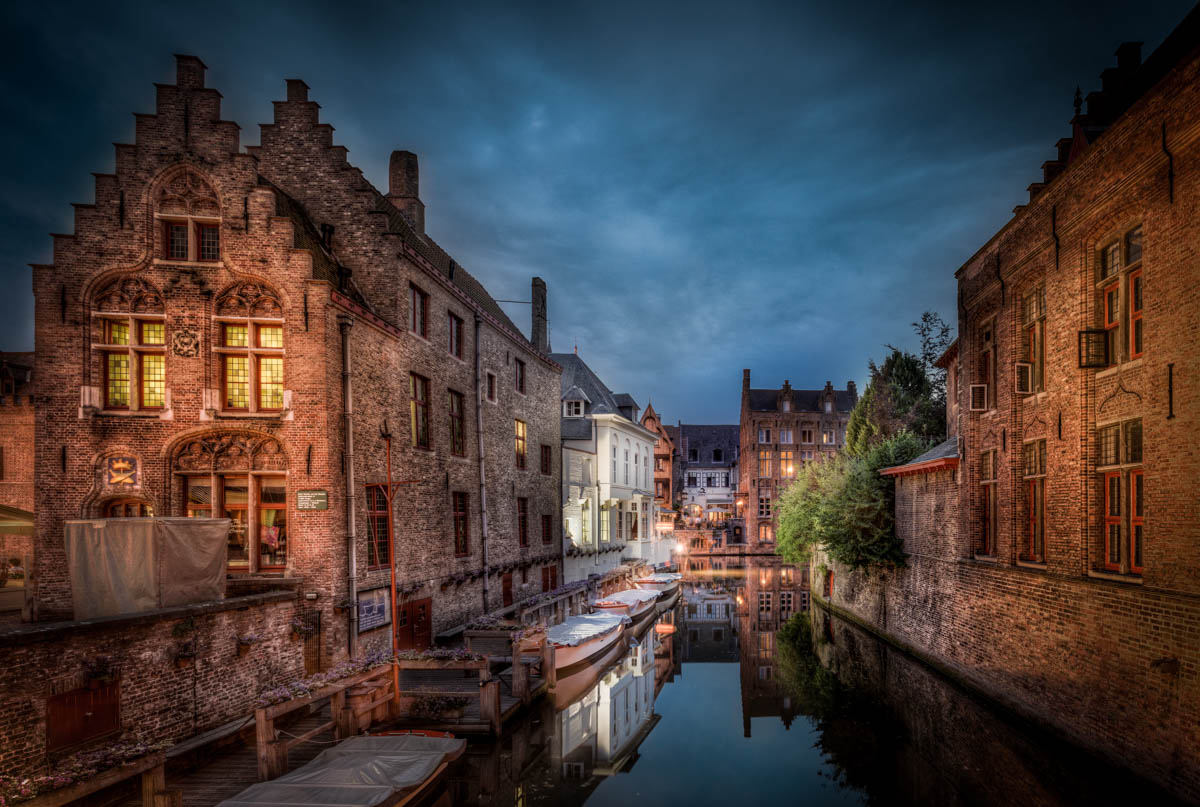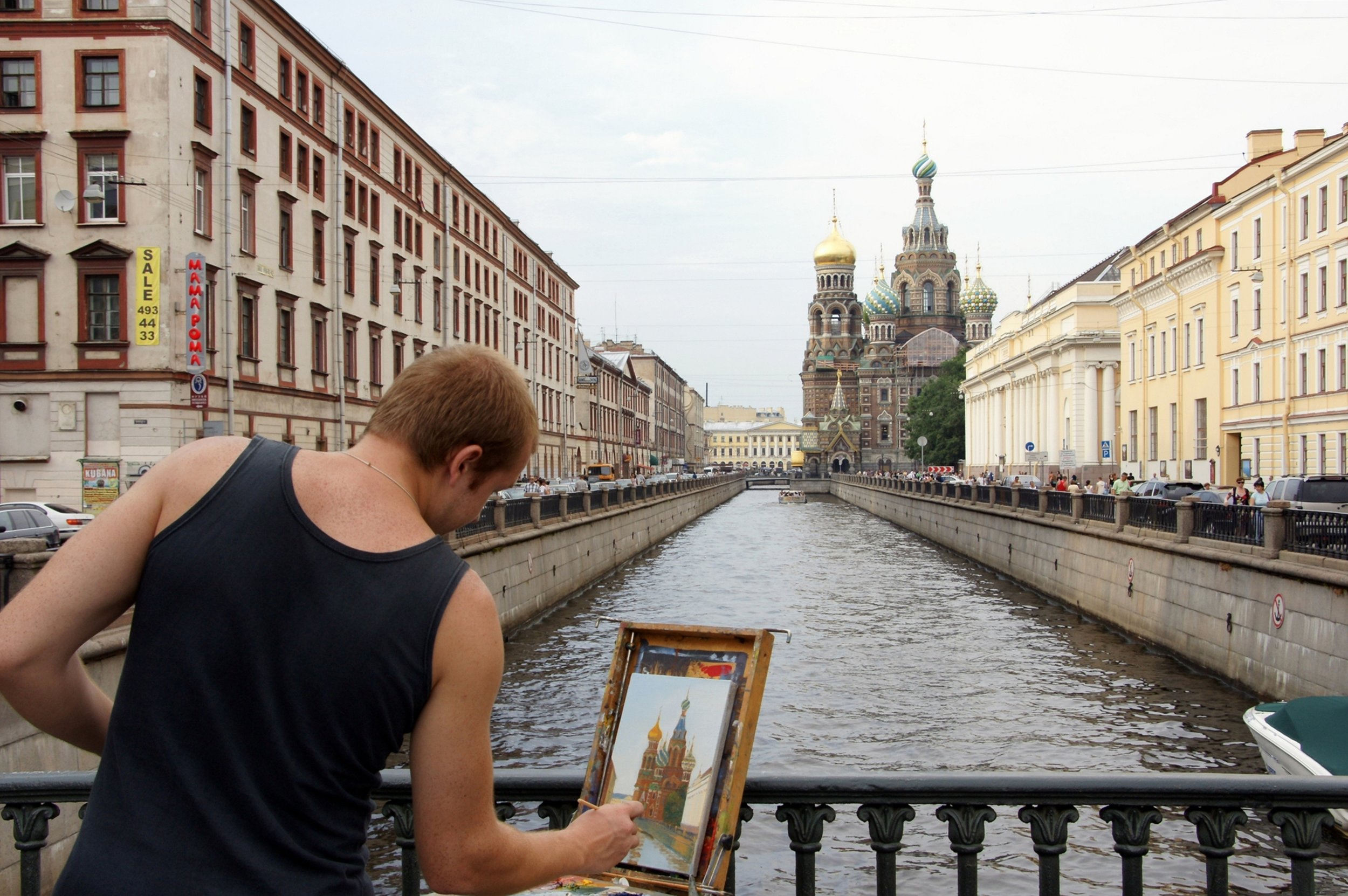5 beautiful canal city alternatives to Venice
/A couple snapping a photo in Amsterdam. Image credit: Hernán Piñera/Creative Commons
When it comes to canal cities, Venice usually stands at the top of the list. 118 small islands separated by stunning waterways create one of the most popular and atmospheric tourist destinations in the world.
But if a canal break is something that you desire and you’re looking for something different to Venice, why not try one of these five alternatives?
Amsterdam, The Netherlands
The canals of Amsterdam at night. Image credit: Myk Jordan/Creative Commons
‘Venice of the North’ is a term that has been widely used for many cities in Northern Europe. But none exemplify its definition more than Amsterdam.
With more than 100 kilometres of canals, there is no shortage of water-based activities to enjoy on a break in the Dutch capital. Enjoy a catalogue of cruises that sail the city’s waters daily, and enjoy a system that has been around since the 17th century and features on UNESCO’s World Heritage List.
And make sure you don’t miss out on the raft of world-class museums that Amsterdam has. See what a big Dutch brewer does best at the Heineken Experience, explore Amsterdam’s history through art at the Rijksmuseum or take a look inside the infamous house of Anne Frank.
Copenhagen, Denmark
Looking at the beautiful, multicoloured houses at Nyhavn, Copenhagen.
Copenhagen is a fairytale city. From kings, queens, princes and princesses to the famous Little Mermaid statue, it is hard not to be enchanted by the Danish capital. With a strong maritime past, it is surrounded by water and charming canals.
Take a traditional canal tour boat and view the city from a unique perspective, get in the mood on a romantic gondola ride, be adventurous on a Kayak or enjoy lunch at one of Copenhagen’s favourite waterside spots – Nyhavn.
Bruges, Belgium
Beautiful buildings and serene waters go hand-in-hand in Bruges. Image credit: Jacob Surland/Creative Commons
A small city which is usually overshadowed by its bigger Belgian neighbour Brussels, Bruges is a historic place that deserves more attention.
Couples often flock to Bruges to sample the astonishing beauty of its canals, and the bridges which span its banks are an attraction themselves with some completely covered in flora, while others hark back to medical times.
The compact and lively city centre means that everything feels like a stone’s throw away, and it’s a great place to indulge in the Belgian Holy Trinity of chocolate, waffles and beer.
Hamburg, Germany
Speicherstadt, Hamburg's warehouse district.
Hamburg is the third biggest port in Europe and largest in Germany, so it is no stranger to water and watercraft. With more bridges than both Venice and Amsterdam combined, it is easily explorable on foot.
The wonderfully constructed Alster canals run in straight lines between old and new architecture, and a Hamburg boat tour gives a real flavour of this Hanseatic city. Don’t forget to check out one of Europe’s most beautiful districts – Speicherstadt – where beautiful red brick warehouses stand either side of the canal network, providing beautiful views and amazing photo opportunities.
Saint Petersburg, Russia
An artist uses the beautiful waterways of Saint Petersburg as the inspiration for a painting. Image credit: jaime.silva/Creative Commons
With timeless architecture and European verve, St Petersburg is one of the continent’s most beautiful cities. It’s helped to that mantel by its waterways, which are as much a part of the city’s makeup as its structures and people. Built across the marshlands of the Neva River delta, St Petersburg is interlaced with around 100 tributaries and canals with a total length of 300 kilometres.
Boat trips are a must in Russia’s second city. Sail past architectural masterpieces from the 18th and 19th centuries, contrastingly colourful buildings and a variety of interesting and intriguing movable bridges which remain up for several hours overnight to allow for big ships to pass.


















Travelling alone can be both daunting and exhilarating, so, to help with your debut, here are 11 tips for your first solo travel adventure.